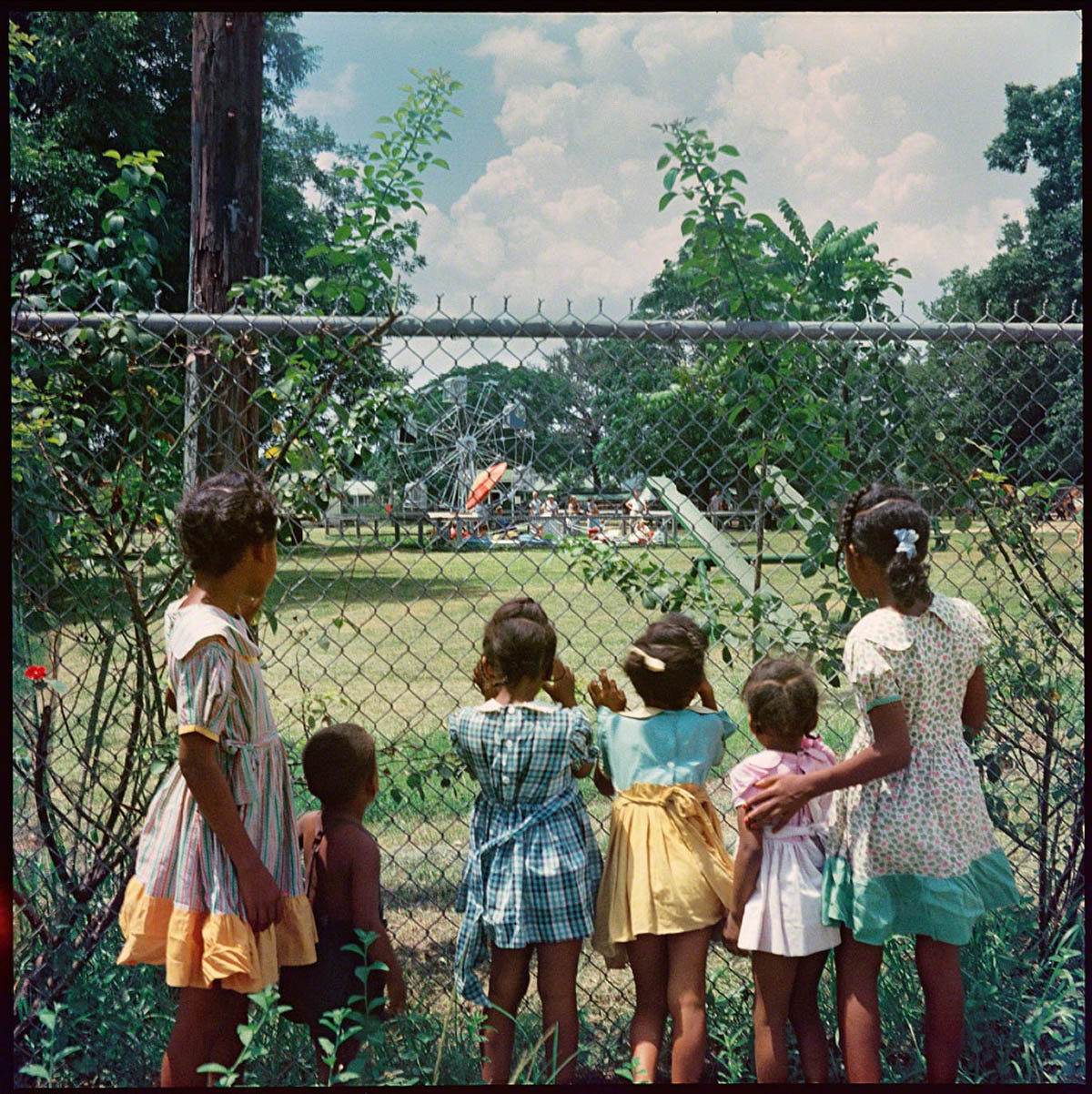Harvard Design Magazine relaunched with March 2021’s Harvard Design Magazine 48: America, an issue that interrogated the essence and the history of the United States. This November, the magazine returns with another timely inquiry, one that has both rigor and curiosity at its center. Harvard Design Magazine 49: Publics questions how public spaces—the physical, the cultural, and the theoretical—operate in a fragmented social and political environment, both in the US and abroad.
Guest editors Anita Berrizbeitia and Diane E. Davis convene leading public intellectuals, scholars, and practitioners in architecture, urban planning, landscape design, law, and the social sciences and humanities to investigate design theories and outcomes percolating at the heart of national and global cultural discourse. They ponder the fate of “the public” in a world where xenophobic thinking and challenges to communal responsibility are, as the editors observe, becoming ever more dominant, and in which individualism poses a corrosive challenge to collectivity and unity.
This issue integrates theoretical and thematic debates, including over who holds the power to define what is “public,” what roles class, ethnicity, and other identity matrices play in the concept of “the public,” and how the core idea of “a public” may survive—or atrophy—given looming environmental crises and deepening political and economic divisions. Publics enriches this dialogue with spatial and material looks at how the public is constructed and shaped through design projects and cultural production.
Berrizbeitia and Davis contribute unique, complementary lenses to this well-timed inquiry. Chair of the Harvard Graduate School of Design’s Department of Landscape Architecture, Berrizbeitia has led studios investigating innovative approaches to the conceptualization of public space, especially on sites where urbanism, globalization, and local cultural conditions intersect. Trained as a sociologist, Davis chaired the GSD’s Department of Urban Planning and Design, with research interests covering the relations between urbanization and national development, comparative urban governance, socio-spatial practice in conflict cities, urban violence, and new territorial manifestations of sovereignty. Each has published a wide array of books, journal articles, and other editorial work.
Collaborating with Editorial Director Julie Cirelli and Publications Manager Meghan Ryan Sandberg, Berrizbeitia and Davis invited design observers and critics from within the GSD and beyond. The magazine’s introductory essays include contributions from Walter Hood, Sara Zewde, and architectural collaborative Assemble.
The heart of Publics applies the immersive editorial structure and spatial rhythm established by its predecessor. In “Sites,” Toni L. Griffin muses on “South Side Land Narratives: The Lost Histories and Hidden Joys of Black Chicago.” “Spaces” offers observations from Frida Escobedo, Ali Madanipour, and others, analyzing what constitutes public space. “Scales” investigates ways in which the concept and shapes of “the public” interact with shared cultural concerns, including environmental justice, public health, and Indigenous land rights. And “Subjects” interrogates the very definition of “public”—especially the people for whom designers shape and create space.
Publics concludes with a call-and-response segment, in which contributors including Christopher Hawthorne, Lizabeth Cohen, and others respond to a provocative prompt: “What is the most important public space worth preserving now?” Answers range from city sidewalks to Boston’s Franklin Park, to the Mississippi River Gathering Grounds, to your own backyard.
The editorial structure Cirelli introduced with America provides an avenue through which design observers and others can constructively and collaboratively explore complicated issues and themes. Cirelli continues to refine the magazine’s voice, design, and feel, and she explains that the guest-editor model presents an opportunity to infuse fresh and diverse direction and voice in each issue.
“By exploring what constitutes a public, Anita and Diane have struck at one of the fundamental questions of our moment: What are our rights, as human bodies on this earth? What belongs to us? What should belong to us, but doesn’t?” says Cirelli. “The scholars and practitioners we’ve invited to explore notions of the public have demonstrated how health, education, housing, access to food and clean water, and the right to advocate for oneself and one’s community all have a common thread. And as we pull that thread, the mechanisms of power and privilege are revealed. ”
Harvard Design Magazine is an architecture and design magazine that probes at the reaches of design and its reciprocal influence on contemporary culture and life. Published twice a year and helmed by Editorial Director Julie Cirelli at Harvard’s Graduate School of Design, Harvard Design Magazine invites guest editors to consider design through an interdisciplinary lens, resulting in unique perspectives by an international group of architects, designers, students, academics, and artists. For current and back issues, as well as subscription information and stockists, visit the Harvard Design Magazine website.
